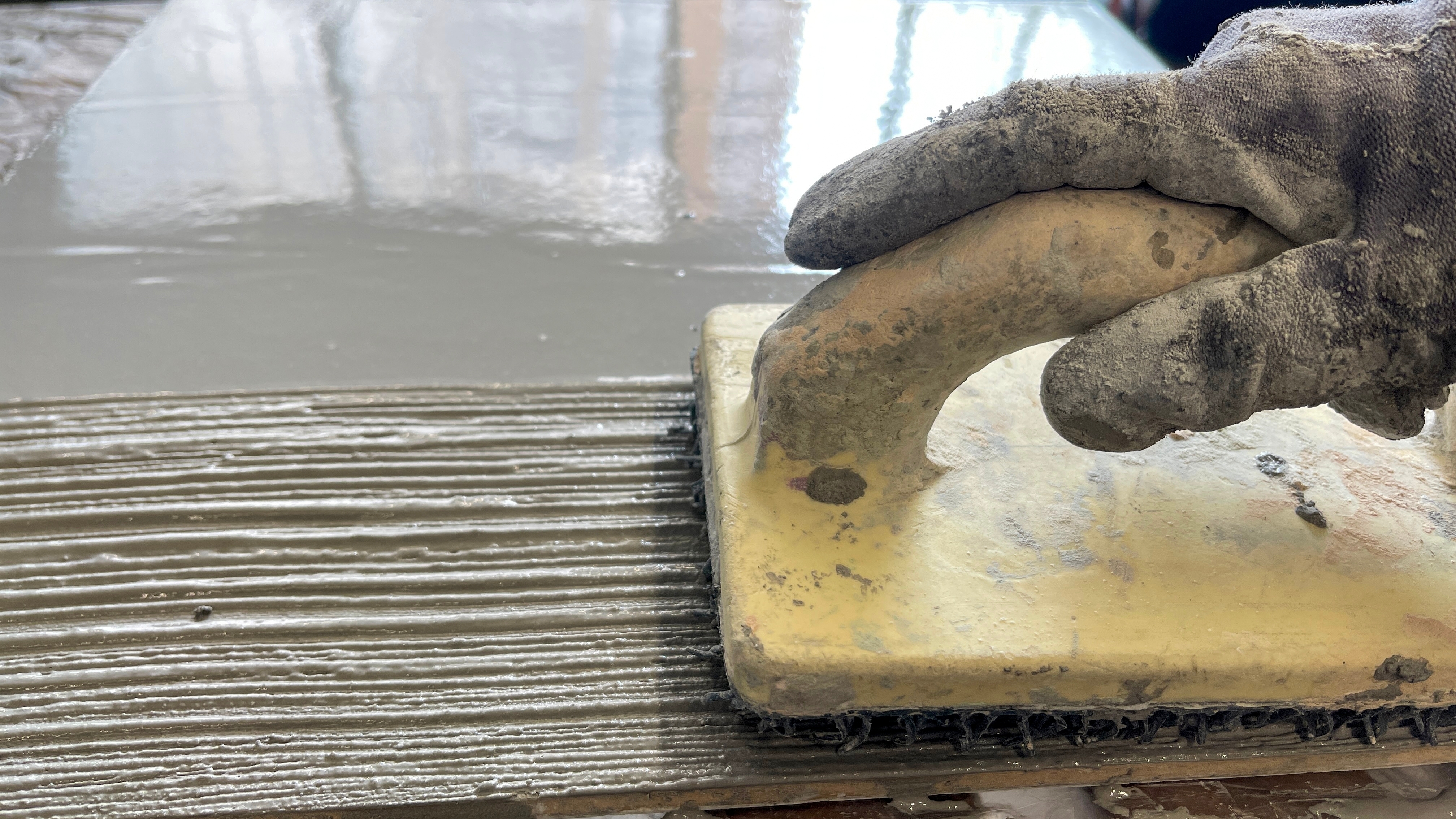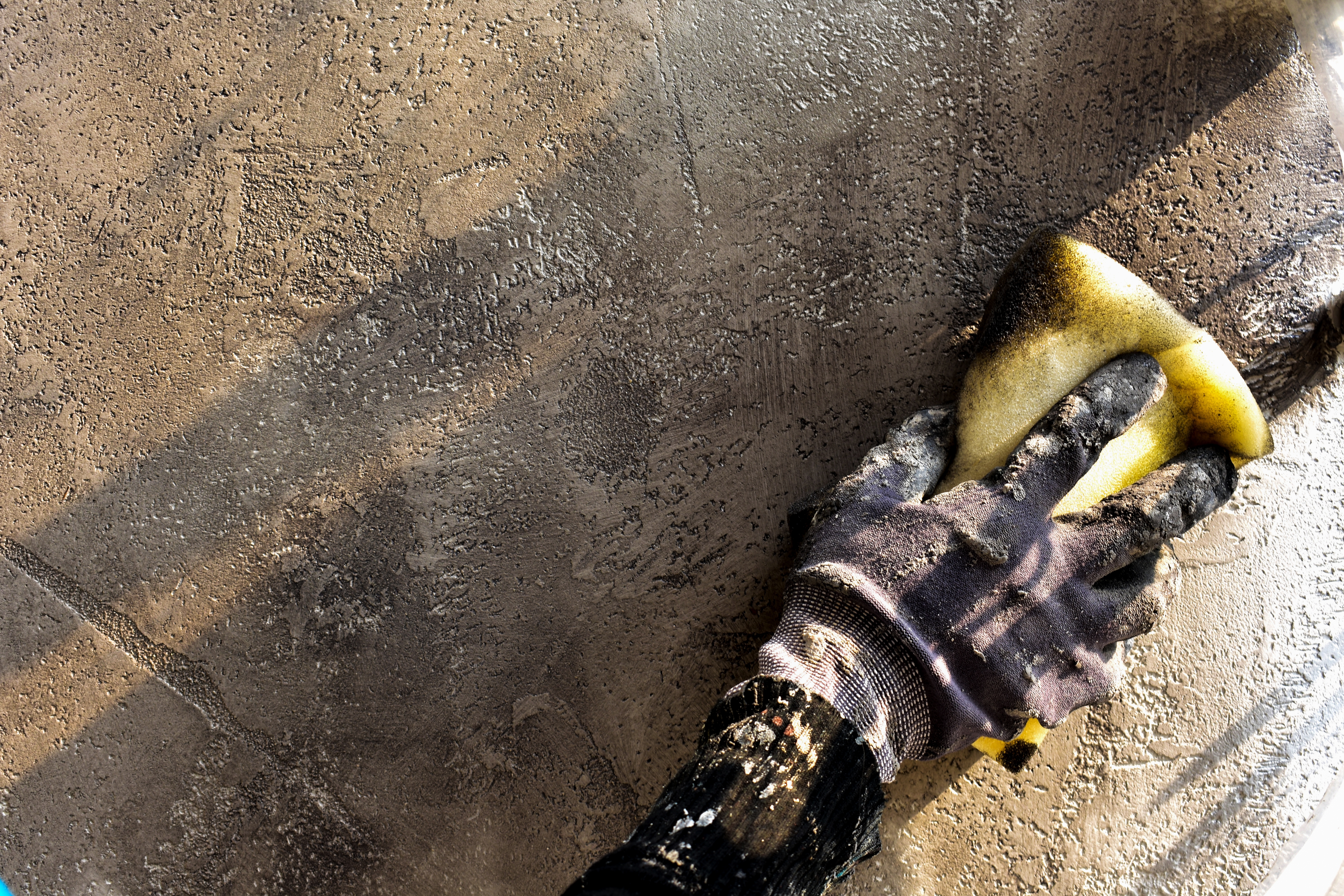Concrete continues to be one of the most popular building materials and for good reason - it’s incredibly strong and can last up to 100 years. But through clever mixing techniques, it’s possible to create materials that surpass concrete in strength and resilience. High Performance Concrete (HPC) is one of these innovative materials, and might be a better choice for infrastructure and buildings that need a lot of support.
How HPC differs from traditional concrete
HPC is made in a similar method as conventional concrete, using a mix of cement and aggregates. However, it uses a higher proportion of cement and better quality aggregates, and these changes significantly boost the material’s strength (sometimes we get questions regarding “FlowStone”, FlowStone is a binder compound premix for HPC).
While concrete generally has an MPa (Megapascal) of less than 50 (1 MPa being the pressure in a well-inflated bicycle tire), HPC has an MPa of between 55-100 (UHPC (Ultra-High Performance Concrete) has a minimum compressive strength of 120 mega Pascal).
HPC is also more resistant to damage from chemicals and abrasion, so it’s less likely to crack than traditional concrete. This means structures made from HPC - such as bridges, highways, and roads - are built to last longer, and will require less maintenance and repairs. HPC is also better at withstanding extreme weather, so it’s ideal for cold climates, while its water-resistance means it’s well suited for underwater or coastal environments.
Working with HPC
HPC reaches its full strength much faster than traditional concrete - it won’t take longer than a few days, and sometimes only hours, meaning you can quickly remove the formwork and save time onsite. HPC is a workable material and can be used to make complex forms, and it’s available in different colours for a range of designs.
Once a building or piece of infrastructure has reached the end of its life and can be deconstructed, the HPC can be recycled into something new.
HPC is a more compact material during/after mixing than compared with traditional concrete. With great advantages, HPC can be mixed in a Forced Action Mixer. The compact material requires a strong motor for mixing. The “standard” SoRoTo Gear/Motor combination in our Forced Action Mixers is the perfect match for HPC as the gear/motor has been chosen with focus for maximum effect, but with lowest possible amps used. In combination with the strong motor, the SoRoTo mixing arms in the Forced Action Mixers also increases the strength of the machines as the full power is distributed to the well angled mixing arms.
The standard mixing arms for our Forced Action Mixers will do the job, but should you have a more customized blend with smaller stones (larger than 8mm), we would recommend you to use our mixing arms with rubber paddles. Should you be mixing larger volumes of HPC in our 300 liter Forced Action Mixer then our turbo mixing arm could be preferred, but the standard rubber arms will also do the job.
The SoRoTo Forced Action Mixer has the optimal speed of 30 rounds per minute for mixing is well fitted for HPC. Should you require change in rounds per minute (up or down in speed), our VARIO motor will do what is needed – but for HPC we recommend 30 rounds per minute as being optimal.
Because of the smaller particles we recommend (especially in closed or minimal environments) to use the SoRoTo Dust Controller to reduce the dangerous dust.

The cost of HPC
HPC is more expensive than normal concrete, so you’ll have to consider whether its enhanced strength and resilience are worth it. The answer will depend on the kind of structure you’re creating.
Because of HPC’s strength, it can replace materials like steel (As UHPC can), meaning it could actually save you money in some cases - for example, when constructing high-rise buildings. HPC means bridges can have longer unsupported stretches, saving costs on beams. And on highways and busy roads, using the material will lower the cost of maintenance. For these kinds of structures, HPC could be the right choice - but for smaller buildings and everyday use, it’s probably not the ideal given the price.
High Performance Concrete versus High Strength Concrete
Although High Strength Concrete is another innovative form of concrete, it’s important not to confuse it with HPC. High Strength Concrete only beats concrete when it comes to strength - it lacks all the other impressive qualities of HPC, such as its exceptional durability and workability.
High Performance Concrete versus Ultra High Performance Concrete
If you’re still not satisfied with HPC’s credentials and want to take your concrete to the next level, you should check out Ultra High Performance Concrete. UHPC is even more durable, strong, and resistant, thanks to the fibres - such as steel, glass, or carbon - that are added to the concrete mix. UHPC has an impressive compressive strength of up to 180 MPa, compared to 55-100 for HPC. However, as you might expect, this material comes with a higher price tag.
Disclaimer: The following blog text contains guidelines regarding High Performance Concrete and how to mix it as communicated by the company SoRoTo. However, it is important to note that these guidelines are for informational purposes only and should not be considered as a substitute for the manufacturer's guidelines.
SoRoTo recommends that users always refer to the manufacturer's instructions and guidelines for their specific product to ensure proper and safe usage.
SoRoTo will not be held liable for any damages or injuries that may result from the misuse or improper application of their guidelines.
























